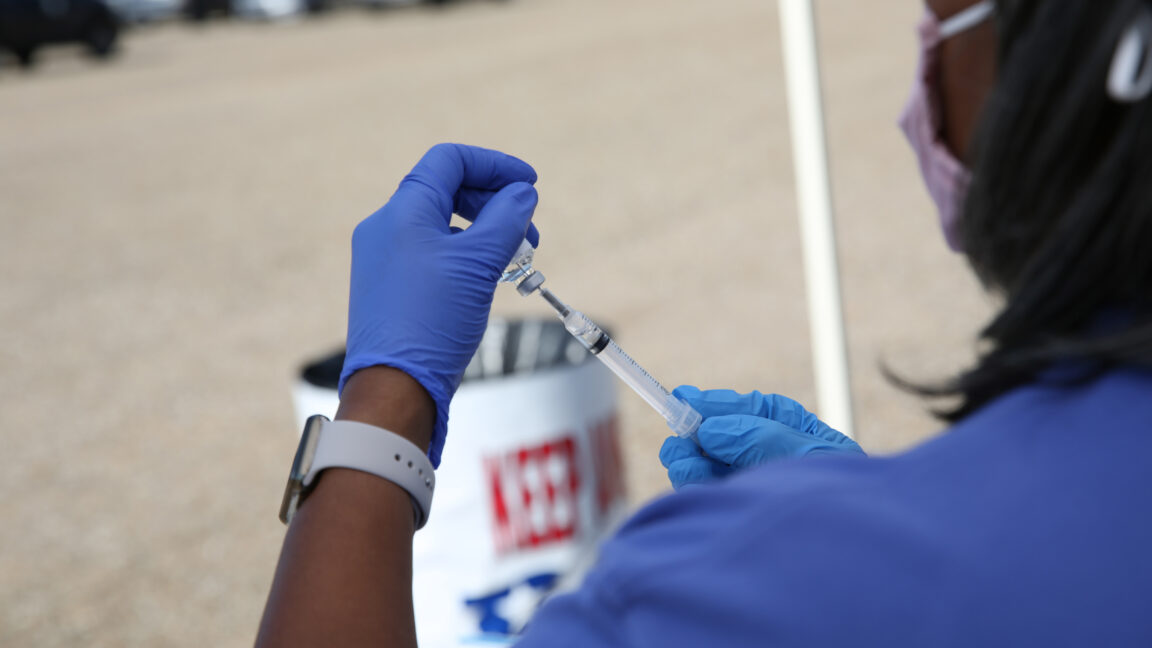Bluesky is the new destination for X/Twitter’s health and science community. Here’s why


![]()
By Katie Palmer
Nov. 21, 2024
Health Tech Correspondent
Ten years ago, science was entering its extremely online era. On Twitter, some academics, traditionally siloed in their niche fields, were growing unprecedented public profiles. Neil Hall, a genome scientist in the United Kingdom, responded by creating what he called the “Kardashian index,” a satirical measure comparing a scientist’s publishing record with their following on Twitter. The K-index — and countless lists of scientists to follow — sparked intense debate over scientists’ role in communicating their work (and more) to the public.
Last week Hall, now director of the Earlham Institute, joined many of his scientific colleagues in decamping from Twitter, more recently known as X, for the new social media platform Bluesky. Some have left permanently, deleting all their old tweets, while some are simply setting up an outpost as millions of new users join Bluesky in the wake of the U.S. election. While a decade ago, science and health researchers were preoccupied with new, public-facing roles online, now they’re confronted with a new challenge: How to support scientific conversations and public health messaging when expert voices and institutions are scattered across internet platforms.
advertisement
It’s difficult to quantify the scale of the scientific exodus to Bluesky, which was conceived by former Twitter CEO Jack Dorsey and launched in February 2023. This week, overall accounts on Bluesky surpassed 20 million, including the owners of many of X’s top-followed accounts posting on science, medicine, and health policy. Members of those communities describe a slow collapse of engagement on X after billionaire Elon Musk purchased and renamed the company in 2022, mirrored by growing frustration with the platform that surged after Donald Trump won a second presidential term. Since then, Bluesky has emerged as a possible successor to X as a meeting ground for science and health experts, finding a scale of commenting and engagement that has been missing on other alternatives like Mastodon and Threads.
STAT+ Exclusive Story
Already have an account? Log in


This article is exclusive to STAT+ subscribers
Unlock this article — and get additional analysis of the technologies disrupting health care — by subscribing to STAT+.
Already have an account? Log in
Monthly
$39
Totals $468 per year
$39/month Get StartedTotals $468 per year
Starter
$20
for 3 months, then $399/year
$20 for 3 months Get StartedThen $399/year
Annual
$399
Save 15%
$399/year Get StartedSave 15%
11+ Users
Custom
Savings start at 25%!
Request A Quote Request A QuoteSavings start at 25%!
2-10 Users
$300
Annually per user
$300/year Get Started$300 Annually per user
View All Plans
To read the rest of this story subscribe to STAT+.
Subscribe Log In health tech, public health, research, STAT+ Submit a correction requestReprints-

Katie Palmer
Health Tech Correspondent
Katie Palmer covers telehealth, clinical artificial intelligence, and the health data economy — with an emphasis on the impacts of digital health care for patients, providers, and businesses.


Newsletter
Tech is transforming health care and life sciences. Our original reporting is here to keep you ahead of the curve.









